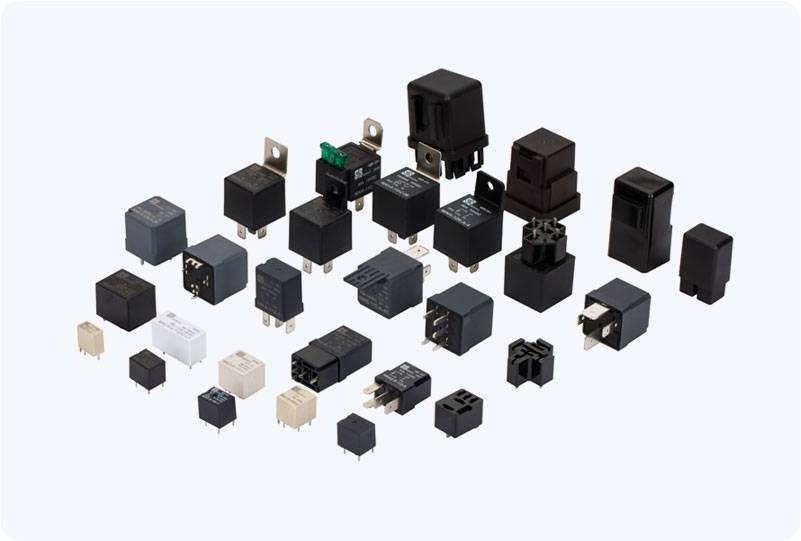A Motor Control Power Relay is an essential device in modern electrical systems, particularly in industries that rely heavily on motors for operations. It serves as an electrical switch that enables control over the power supply to motors, ensuring their proper functioning and protection. With a wide range of applications across various sectors, this relay is a cornerstone in maintaining efficient and safe motor operations. In this article, we will explore the fundamental components, functions, and benefits of the Motor Control Power Relay, as well as its applications in industrial automation.

What is a Motor Control Power Relay? A Motor Control Power Relay is an electromechanical device that switches the power circuit for motors. It is designed to control the power supplied to the motor, enabling it to start, stop, or operate at various speeds as required. The relay consists of a coil, which, when energized, activates a set of contacts that control the flow of electricity to the motor. In motor control systems, relays are often used in conjunction with other protection devices such as overload relays, circuit breakers, and motor starters. This combination ensures that motors operate within safe parameters, protecting them from damage due to overload, under-voltage, or short-circuit situations.